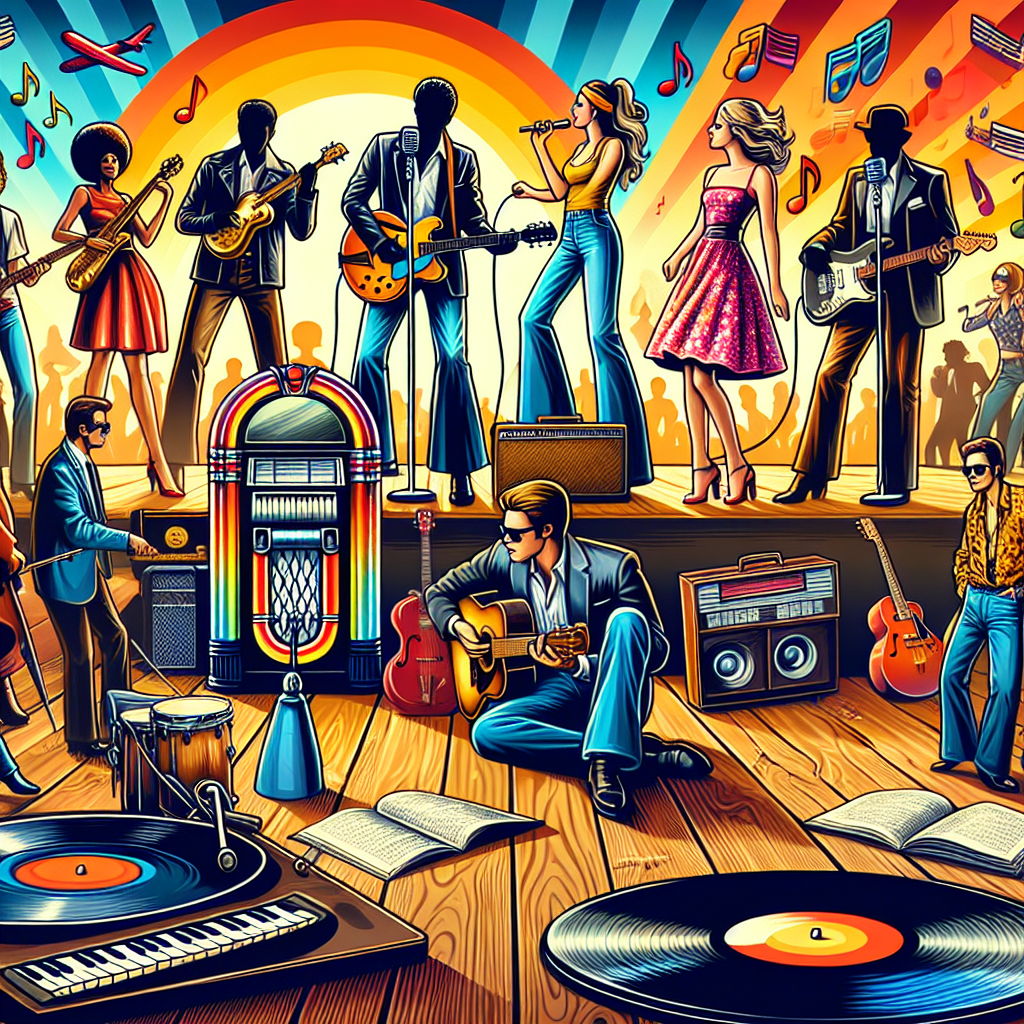The late 1960s marked a period of immense cultural and musical revolution, with the rise of psychedelic rock at the forefront of this movement. Psychedelic rock emerged as a genre that pushed boundaries, challenged norms, and embraced experimentation in both music and culture. This era saw a fusion of music, fashion, technology, and politics that would shape the future of popular culture for years to come.
At the heart of the psychedelic rock movement was a desire to break free from the constraints of traditional rock music. Bands like The Beatles, Pink Floyd, and Jefferson Airplane used innovative recording techniques, unconventional song structures, and experimental sounds to create a new sonic landscape that captivated audiences around the world. The result was a sound that was both otherworldly and deeply introspective, reflecting the turbulent times in which it was created.
But psychedelic rock was more than just music – it was a cultural phenomenon that touched every aspect of society. Politicians feared its influence on young people, who were drawn to its messages of peace, love, and rebellion against authority. Fashion designers embraced its bold colors and patterns, creating clothing that mirrored the vibrant sounds of bands like The Doors and Jimi Hendrix. And advancements in technology allowed for new ways to create and experience music, with artists using effects pedals, synthesizers, and studio manipulation to push the boundaries of what was possible.
Despite backlash from conservative critics and attempts by politicians to censor its message, psychedelic rock continued to thrive throughout the late 60s. Its impact on popular culture cannot be overstated – it paved the way for future genres like progressive rock, electronic music, and even hip-hop. And its influence can still be heard today in bands like Tame Impala, MGMT, and The Flaming Lips who continue to push boundaries and challenge norms in their own unique ways.
In many ways, the rise of psychedelic rock represents a triumph of creativity over conformity. It showed that music could be more than just entertainment – it could be a powerful force for change and self-expression. And while it may have been born out of tumultuous times, its legacy lives on as a reminder of what can happen when artists are given the freedom to explore new ideas and push boundaries.
So as we look back on this pivotal moment in musical history, let us celebrate the artists who dared to dream big and create something truly revolutionary. Let us embrace the spirit of experimentation and innovation that defined psychedelic rock – because without it, we would not have some of the most iconic songs and albums ever created.


Get involved!
Comments